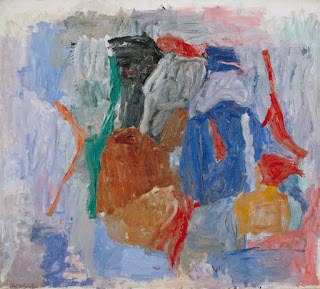 |
| “If This Be Not I“ 1945 |

I am a retired high school Visual arts teacher. My main goal for my students was and still is to create a safe haven for creativity and personal growth. The making of art images and objects is conceptual and technical based. Personal choices, experience and discovery, is a journey toward independence and maturity.
Pages
- Home
- Art Teacher "Feacher"
- Collage Themes for your sketch book
- "Artistic Integrity" and "Over Influence"
- In Defense of the Arts in Schools
- AP Studio Art: 3-D Design Syllabus
- Chronology for John Anderson
- My Artist Statement
- Larger view of "August I"
- jEWLRY dESIGN eLEMENTS assignment #1 to #16 due at end of period
- ELEMENT AND PRINCIPLES OF DESIGN
- 3-D Design Elements and Principles
Assemblage
"Assemblage" is the 3-D version of "collage”. "Found object fragments," "discards," or "throwaways" (artist's work to look at: Schwitters, Cornell, Rauschenberg, Bearden, etc.).
These things are organized by their specific elements. The resulting groups are then arranged into compositions of art.
Extending to many cultures of people living in family, religious, work, and various other groups; We could be viewed as a complex living version of "assemblage”(Webster 1. a group of persons or things gathered or collected).
We have “found” each other by chance; either by blood, common goals, or a certain chemistry. These connections help to formulate new ideas, innovations, and even new generations. John Anderson




No comments:
Post a Comment